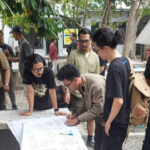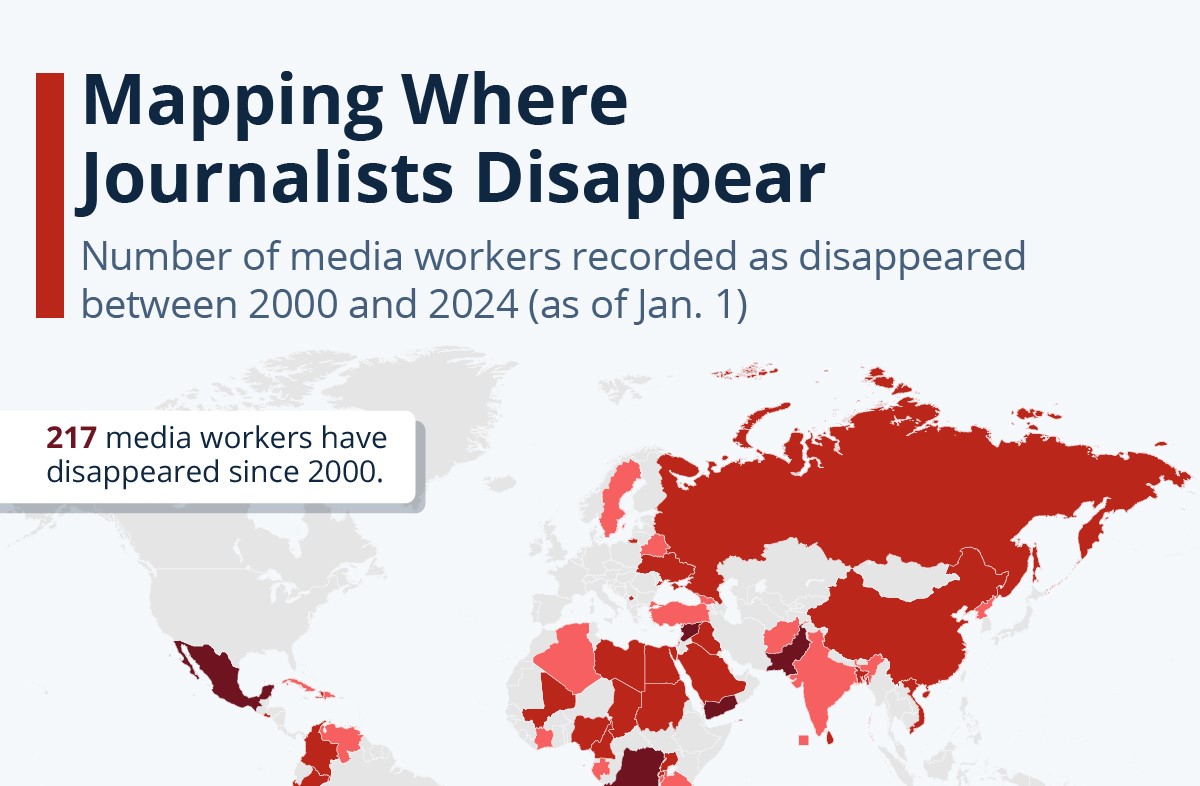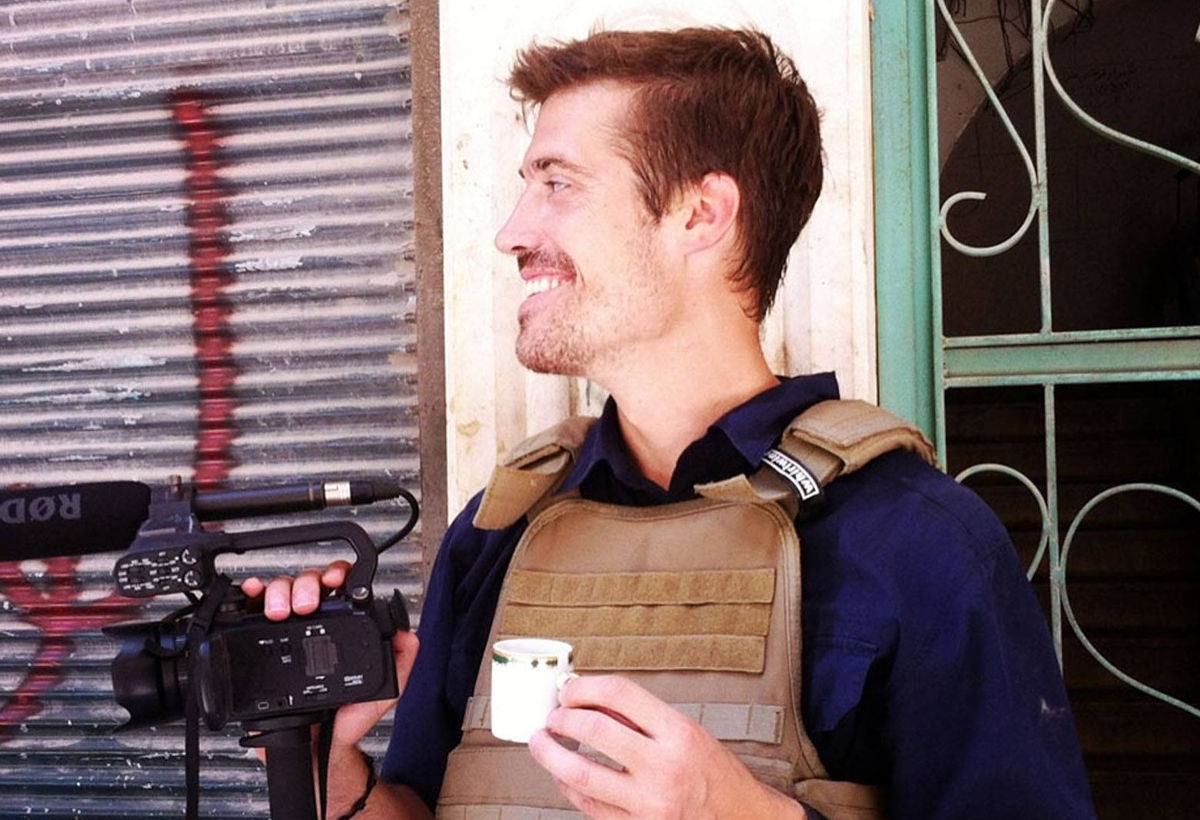August 30, 2024 – General –
Journalists face a wide spectrum of threats in their work, from harassment and imprisonment to direct violence. Yet one of the most haunting dangers is disappearance, when reporters vanish without explanation, leaving families and colleagues without answers. Recent data from Reporters Without Borders (RSF) and the Committee to Protect Journalists (CPJ) sheds light on the scale of this crisis, underscoring the urgent need for accountability.
According to RSF’s figures compiled by Statista, at least 217 media workers have been recorded as disappeared worldwide since the year 2000. These cases span multiple regions and conflict zones, reflecting the vulnerability of journalists operating under authoritarian regimes, in war zones, or in areas where armed groups exercise power unchecked. Unlike documented killings, disappearances often leave no trail, complicating investigations and fostering a culture of impunity. Families of the disappeared are left in limbo, uncertain whether their loved ones are alive, detained, or murdered, with governments frequently unwilling or unable to pursue credible inquiries.
CPJ’s “Missing, Not Forgotten” campaign complements this broader picture by focusing on journalists whose fates remain unresolved. As of August 2023, CPJ lists 65 missing journalists worldwide. A significant proportion of these cases involves reporters who vanished while covering armed conflicts in Iraq, Syria, Lebanon, and Yemen. Mexico, one of the most dangerous countries for journalists outside active war zones, accounts for 16 missing cases since 2005, underscoring the risks tied to organized crime and corruption.
While the numbers differ, the overlap is striking. Both RSF and CPJ highlight that disappearances are concentrated in environments where press freedom is already under siege. The discrepancies in figures arise from methodology: RSF’s tally includes a broader category of media workers over a longer timeframe, while CPJ maintains a narrower, case-specific list of journalists. Together, they expose the persistence of this phenomenon across decades and regions.
The disappearance of journalists is not just a personal tragedy but a profound assault on press freedom. It silences critical voices, obstructs public accountability, and instills fear in entire media communities. As long as governments and international institutions fail to prioritize investigations, the cycle of impunity continues. Addressing these cases requires global attention and a collective demand for truth and justice.






